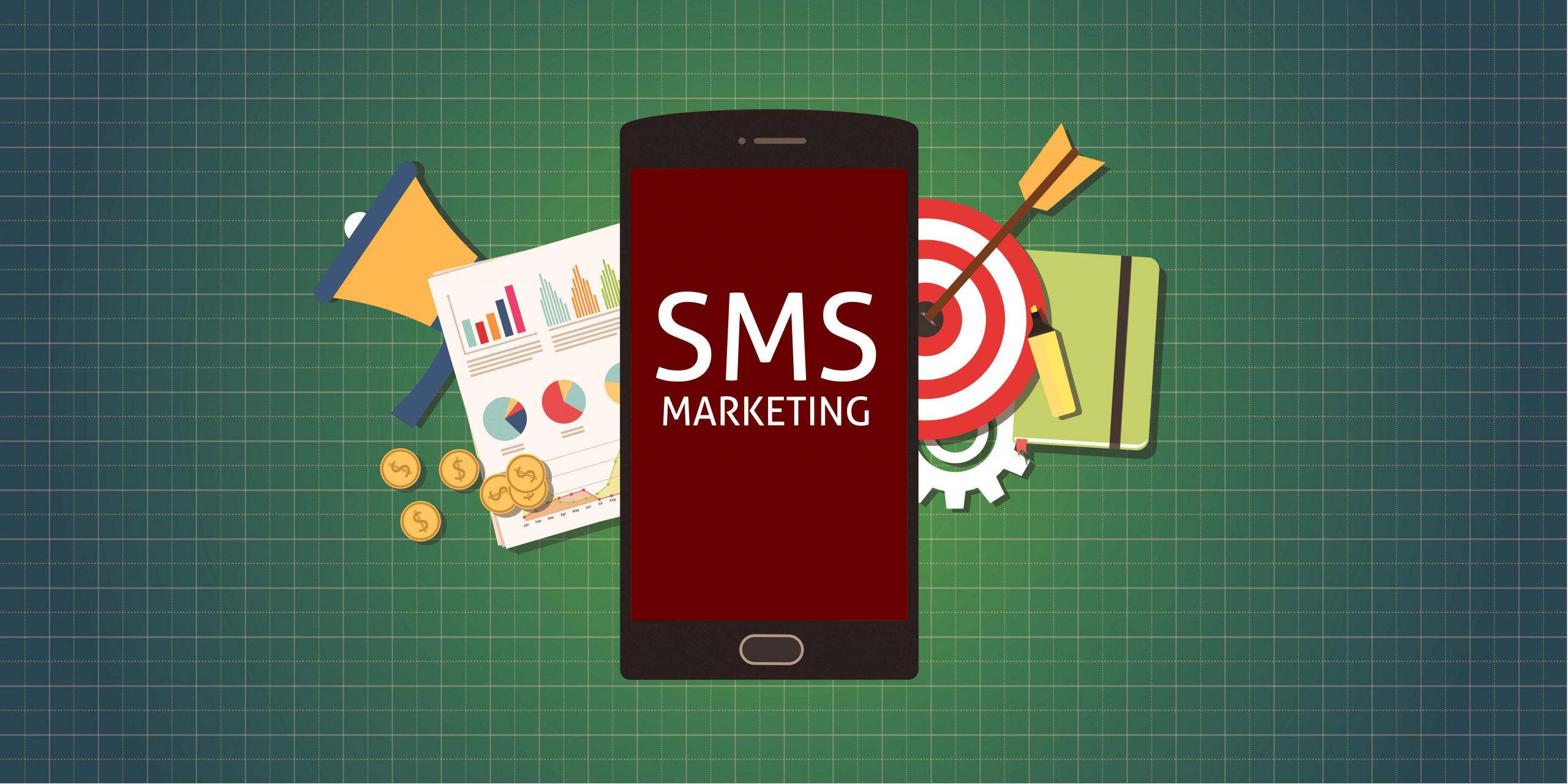SMS Automation: Enhancing Efficiency
SMS automation involves using software and technology to send SMS messages to your audience without manual intervention for each message. It offers numerous advantages for businesses, including:
1. Time Savings:
Automating SMS campaigns frees up your team's time, allowing them to focus on other crucial tasks. You can schedule messages in advance, so they are sent at the right times without manual effort.
2. Consistency:
Automation ensures that your SMS messages are sent consistently and reliably. This reliability can enhance your brand's reputation.
3. Personalization at Scale:
You can send personalized messages to a large audience without the need to write individual texts for each recipient. Automation can insert recipient names, segment lists, and tailor content.
4. Drip Campaigns:
Drip campaigns involve sending a series of SMS messages at specific intervals. These can nurture leads, onboard new customers, or provide ongoing value.
5. Improved Engagement:
Timely and relevant messages improve customer engagement and interaction with your brand.
Setting Up Autoresponders
Autoresponders are automated SMS messages sent in response to specific triggers or events. They can be used to provide instant responses to customer inquiries, confirm actions, or deliver important information. Here's how to set up autoresponders:
1. Define Your Goals:
Determine the purpose of your autoresponders. Are you providing order confirmations, sending welcome messages to new subscribers, or acknowledging inquiries?
2. Select a Platform:
Choose an SMS marketing platform with autoresponder capabilities. These platforms allow you to create and schedule autoresponders.
3. Create Message Templates:
Craft well-worded message templates for your autoresponders. Ensure that the content aligns with the purpose of the message.
4. Set Up Triggers:
Define the events or actions that trigger autoresponders. Common triggers include form submissions, opt-ins, or specific keywords in incoming messages.
5. Schedule Messages:
Determine the timing of your autoresponders. For example, an order confirmation should be sent immediately, while a welcome message can be delayed by a few minutes.
6. Test and Optimize:
Before deploying your autoresponders, test them thoroughly to ensure that they work as intended. Optimize the content and timing based on the response and engagement rates.
Implementing Drip Campaigns
Drip campaigns are a series of automated SMS messages delivered at specific intervals to nurture leads or guide customers through a specific journey. Here's how to create effective drip campaigns:
1. Define Your Objectives:
Clearly outline the goals of your drip campaign. Are you educating subscribers, promoting a product, or welcoming new customers?
2. Segment Your Audience:
Segment your SMS marketing list to ensure that each recipient receives relevant drip campaign messages based on their behavior or preferences.
3. Craft Engaging Content:
Create a sequence of SMS messages that provide value and maintain interest. Each message should build on the previous one.
4. Set Timing:
Determine the intervals between messages. For instance, an onboarding drip campaign might have messages sent one day apart, while a lead nurturing campaign might send messages weekly.
5. Automation:
Use an SMS marketing platform with automation features to schedule and send your drip campaign messages. This ensures that they are delivered at the right time.
6. Monitor and Adjust:
Regularly analyze the performance of your drip campaigns. Use open rates, click-through rates, and conversion rates to determine their effectiveness. Adjust the content, timing, or frequency as needed to optimize results.
In conclusion, SMS automation is a powerful strategy for improving efficiency, enhancing customer engagement, and achieving marketing goals. By setting up autoresponders and drip campaigns, you can create personalized and timely SMS messages that engage your audience, save time, and build strong customer relationships. Automation empowers you to deliver the right message to the right people at the right time, helping your business thrive in the fast-paced world of marketing.
